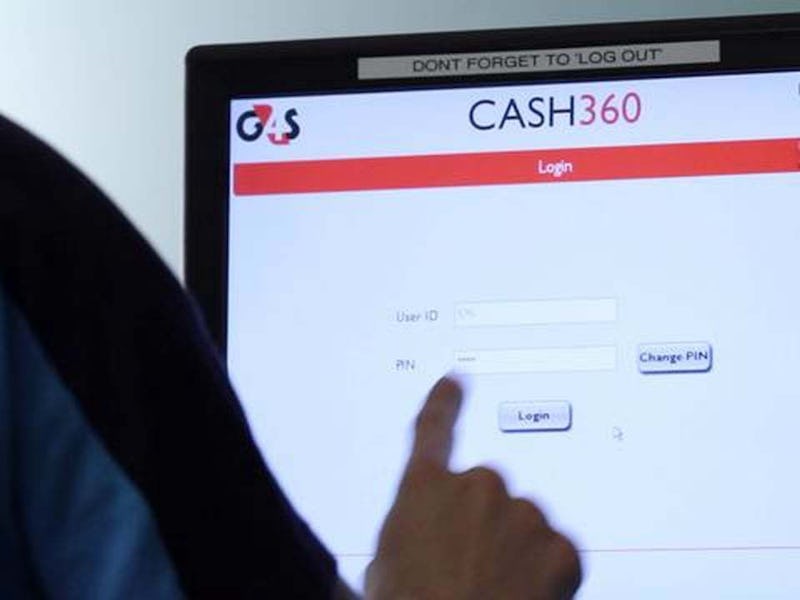Amid a seemingly constant stream of alarmist news from experts about how robots and artificial intelligence will upturn our entire world, including Elon Musk’s own doomsday prophecy that smart computers are a fundamental risk to society, robots have already begun infiltrating the workforce.
In a recent report published by The Wall Street Journal, it became clear that retail giant Wal-Mart is fully committed to automation in the workplace and has already integrated smart technology into most of its stores.
As detailed in that article, there are four key ways that robots and artificial intelligence algorithms have already affected retail stores and operations.
Robot bookkeepers
All but a handful of Wal-Mart’s 4,177 stores now contain a Cash360 machine, which has displaced thousands of employees. The Cash360 collects money from cashiers and automatically deposits it. It can also keep a store’s books by counting the money comparing the deposited amount to the record of what was sold.
More storefront employees
As a result of the Cash360 machines’ debut, thousands of employees have changed positions to fulfill a more service-oriented role in stores rather than doing logistical work in offices. Another 500 decided to look for work elsewhere.
Because Wal-Mart is pursuing automation and integrating technology into the sales process at its stores, it relies on employees to maintain a human touch for customers browsing the store. While kiosks and electronic scanners can provide details on specific products, human employees and greeters are expected to be around to help with further questions that machines can’t yet handle, as well as to humanize the shopping experience
Robots just want you to be happy
In March 2016, Wal-Mart filed for a patent describing a facial-recognition program that could identify customers and use biometric data to detect when they were unhappy.
The idea behind this system would be to detect problem areas where customers are having a bad time and use that data to improve and refine how and where they allocate their human employees and other systems.
Mass displacement
According to research conducted by the Oxford Martin School, two-thirds of retail workers face a “high risk” of being displaced by automation by the year 2030. Most of the 16 million retail employees in the country work in sales or as cashiers but many of the back-end jobs are already being replaced.
Even as large stores integrate increasingly-automated self-checkout lines into their stores, the people who ring people up on their way out may face similar displacement. In fact, since the beginning of 2017, over 71,000 people have lost their jobs at retail stores, though it’s not clear how many of those people were laid off as online sales became more popular.
